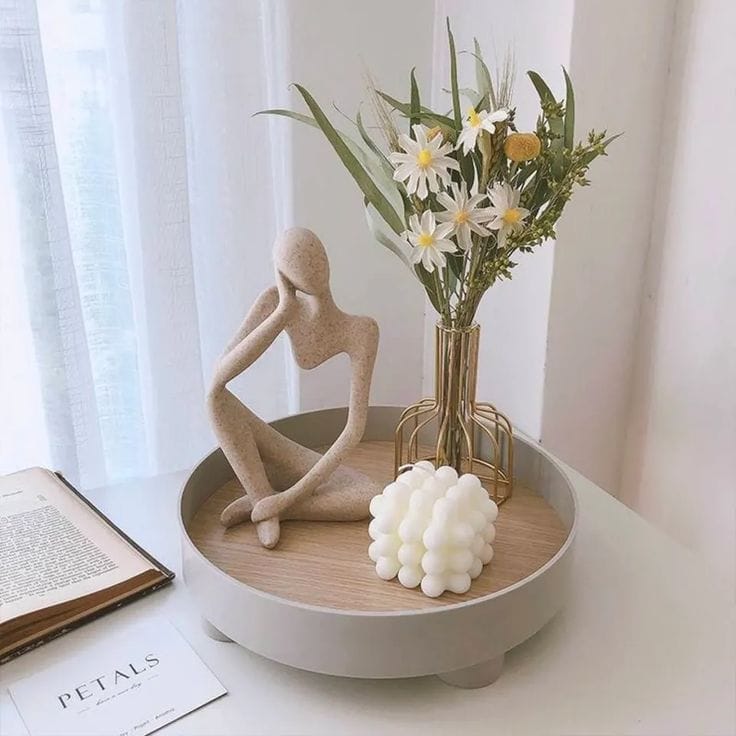Less is more: A Beginner’s Guide To Becoming A Minimalist

Are you fed up with feeling overwhelmed by clutter and excess in your life? Do you want to simplify your life and concentrate on what truly matters? Then it's time to embrace minimalism.
Minimalism is a way of life that emphasizes living with purpose, simplicity, and mindfulness. It's about clearing out the clutter in your life and focusing on what matters to you. Minimalism is about finding joy and fulfillment in what matters, not about deprivation or living an austere existence.
Being a minimalist can be difficult at times because there are so many things you may want to keep around and at the same time, you want some space to breathe. I can say that minimalism helps me work better because I have a breathable space on my table and I know where every item is kept. It also makes your immediate environment look clean.
Here is how to become a minimalist
Declutter
Getting started with minimalism requires decluttering your space. Eliminate anything from your possessions that doesn't make you happy or serve a useful purpose; after they are gone, you will realize by going through your things. Although it can be difficult, this is a necessary step in creating a minimalist workplace. Everyone has items in their area that they don't regularly use but keep there just in case. Old materials such as newspapers, clothing, electronics, and other items. All of these items are unnecessary, and after they are gone, you will realize that they weren't needed.
Start with one room at a time, such as your kitchen or closet. Make three heaps for your possessions: keep, donate, and dispose of them.
Make Your Schedule Simple
Simplicity can equal minimalism. It may look like having a space with only your chair in the room or it may look like having just a cup of coffee and your PC on the table. Not only does minimalism involve reducing your physical environment, but it also involves streamlining your daily schedule. Examine your responsibilities and pursuits, and give priority to those that are most essential to you. Refuse anything that doesn't fit with your goals and core principles.
Make time in your calendar for leisure and rest. Make time for the activities that make you happy, such as engaging in a hobby or spending time with loved ones.
Quality Is Valuable Than Quantity
With minimalism, quality is prioritized over quantity. Invest in a few long-lasting, high-quality products rather than a large number of inexpensive, low-quality possessions. Everything from apparel to furniture to electronics falls under this, too. Having a lot of low-quality possessions may be the result of making impulsive purchases of goods that are not immediately necessary.
You'll discover that overall you need a few stuff if you prioritize quality. Also, you'll value and look after the possessions you do have better.
Gratitude Contributes To Minimalism
A simple lifestyle must include gratitude. Think of the things you're thankful for every day, whether it's a helpful buddy or a breathtaking sunset. Gratitude exercises promote a sense of serenity and tranquility by assisting you in focusing on the things that are important in your life.
Stay Organized
Keeping your environment tidy and stocked with only the things you need is the definition of staying organized. Make good use of the hangers in your closet. Keep garments on hooks that will be worn right away, and discard broken items. Look through your shoes. If you don't think you'll ever wear some of them again, give them to someone else or toss them if you fear they might get damaged when you're trying them on.
Living a simpler life and putting more emphasis on what matters most is what it means to be a minimalist. It's about choosing quality over quantity and letting go of excess. You may live a minimalist lifestyle that makes you happy and fulfilled by clearing your area of clutter, streamlining your routine, emphasizing quality, and expressing gratitude. If you know how to organize it, simple can be attractive.



Comments ()